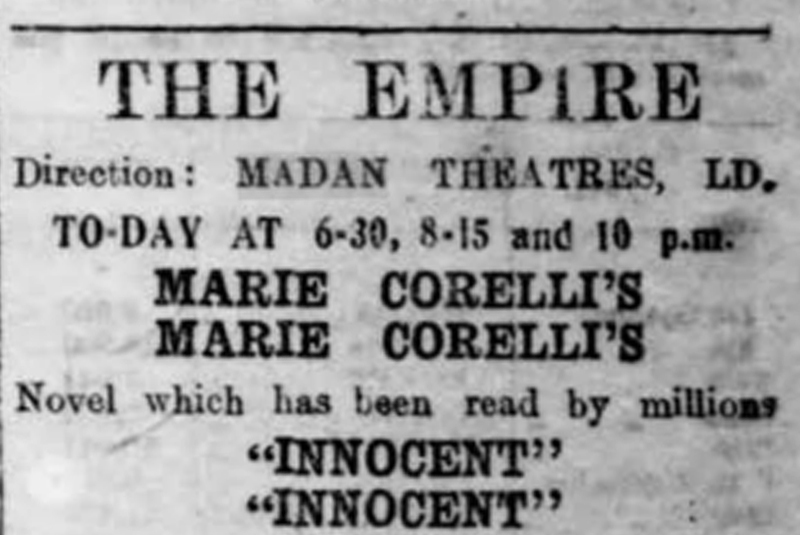Indian cinema found its footing in the nineteenth-century. At the time, entrepreneurs experimented with new formats by mixing technology with storytelling. Short, silent films–a new invention at the time–produced in the colonial era, created a sensation. Filmmakers such as Hiralal Sen, Dada Saheb Phalke, and Harishchandra Sakharam Bhatavdekar made a name for themselves in the film industry.
Long before films became a popular medium in India, theatre dominated the entertainment and arts scene. Most of the theatre production companies were owned by the Parsis of Bombay. However, most theatrical shows and productions were had a limited target audience–British officials and the English public.
With the advent of the films in India, the Times of India published an article lamenting that “our Parsi friends” were uninterested in film production. It was an unusual comment, for, practically every industry at the time–be it politics, commerce, or entertainment–was owned or influenced by the Parsis.
Despite their slow start in the new medium, the Parsis were able to grab the opportunity, adding a third C to their previously established supremacy in the other two industries: commerce and cricket. Jamshedji Framji Madan founded Madan Theatres Limited and built it into an artistic and filmmaking behemoth. The firm rose to prominence in Indian theatre and dominated the industry throughout the 1920s and 1930s.
-30-
Copyright©Madras Courier, All Rights Reserved. You may share using our article tools. Please don't cut articles from madrascourier.com and redistribute by email, post to the web, mobile phone or social media.Please send in your feed back and comments to [email protected]











